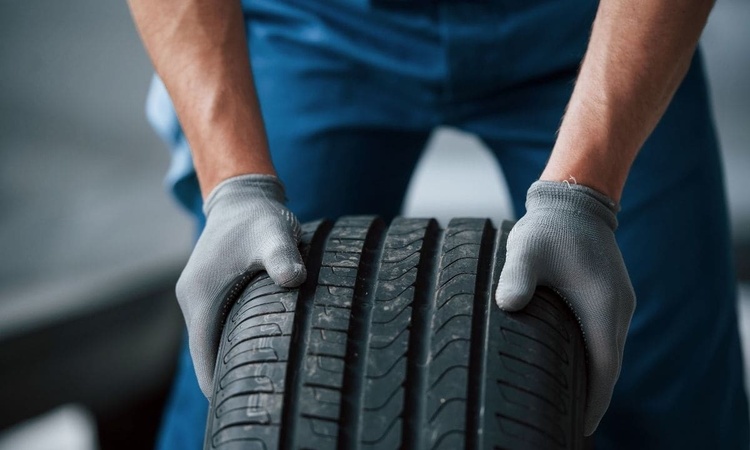Environmental Factors That Affect Paint Repair Longevity
Paint repairs on vehicles can last very differently depending on environmental exposure and how the repair is performed. Factors such as sunlight, humidity, abrasion from road debris, and nearby pollutants all interact with the vehicle’s paint, clearcoat, and any coatings applied during repair. Understanding these elements helps predict durability and guides appropriate detailing, touchup, and maintenance practices to extend the finish’s life.

Paint repairs on vehicles require more than matching color and smoothing a surface; the environment around the car affects how long that repair will last. Sunlight, temperature swings, moisture, and airborne contaminants challenge the paint and clearcoat, while mechanical abrasion and poor maintenance can accelerate failure. The interaction between repair techniques—polish, compound, buffing, or touchup—and subsequent detailing or coating choices determines whether a blemish remains hidden or reappears over time.
How does auto exposure influence paint longevity?
Vehicles parked outdoors face constant exposure to UV radiation, temperature cycling, and moisture. UV light breaks down the clearcoat and oxidizes paint pigments, causing fading and chalking that can reveal repaired areas sooner than on sheltered vehicles. Temperature changes cause expansion and contraction of metal and paint layers, which can stress repairs, touchup edges, or thin clearcoat patches. Regular exposure to rain, snow, or road salt increases the risk of corrosion beneath the finish, compromising the adhesion of repair materials and reducing overall longevity.
What role do paint and clearcoat quality play?
The original paint system and the clearcoat thickness both influence how a repair integrates and ages. Modern basecoat/clearcoat systems rely on a robust clearcoat to protect color and resist scratches; low-clearcoat thickness or incompatible touchup materials can leave repaired spots vulnerable. High-quality refinish products and proper curing procedures improve adhesion and flexibility, while inferior compounds or mismatched chemistry may lead to peeling, uneven gloss, or visible seams when environmental stresses occur.
Can polish, compound, and buffing extend repair life?
Mechanical correction using polish, compound, and buffing can remove light scratches and restore appearance, but aggressive abrasion risks thinning the clearcoat. Over-polishing a repair area may reduce protective layers intended to shield paint from UV and moisture. When used properly, a staged approach—starting with a mild polish and progressing only as needed—can blend touchup areas into the surrounding finish without excessive material removal. Professionals often measure clearcoat thickness to avoid compromising protection during correction.
How does finish, coating, and detailing affect outcomes?
After completing a repair or touchup, applying a protective coating or following a detailing regimen influences longevity. Sealants, ceramic coatings, or quality waxes add barriers against contaminants and UV exposure; coatings with appropriate compatibility can reduce abrasion and chemical attack. Detailing that removes embedded debris, bird droppings, and industrial fallout prevents slow chemical erosion of the repaired zone. However, incorrect coating selection or poor surface prep before application can trap contaminants and accelerate failure instead of preventing it.
How do blemish touchup and maintenance practices matter?
A small blemish left without proper touchup can become a focal point for moisture ingress and corrosion. Effective touchup involves cleaning, feathering edges, and using compatible primers and topcoats to ensure adhesion. Ongoing maintenance—regular washing with gentle cleaners, prompt removal of contaminants, and periodic inspection—helps identify early signs of delamination or fading. Simple preventative steps, such as avoiding automated brushes that can abrade the finish and using soft microfiber cloths during detailing, contribute to longer-lasting repairs.
What environmental abrasion and DIY considerations should owners know?
Road debris, sand, and gravel create mechanical abrasion that gradually erodes clearcoat and exposes repaired layers. Owners who perform DIY repairs must be mindful of surface preparation, ambient conditions during application, and proper curing times; high humidity or low temperature can interfere with adhesion and drying. When using compounds or performing buffing at home, controlled, light passes reduce the risk of removing protective clearcoat. For areas with heavy environmental abrasion, installing protective films or choosing more durable coatings can improve repair durability.
Conclusion Environmental factors such as UV exposure, moisture, temperature fluctuations, airborne contaminants, and mechanical abrasion directly affect how long paint repairs last. The choice of materials and methods—touchup chemistry, clearcoat application, polish and compound use, and subsequent detailing or coating—interacts with these conditions. Consistent maintenance and appropriate protective measures tailored to local environmental pressures help preserve the finish and extend the effective life of paint repairs.






